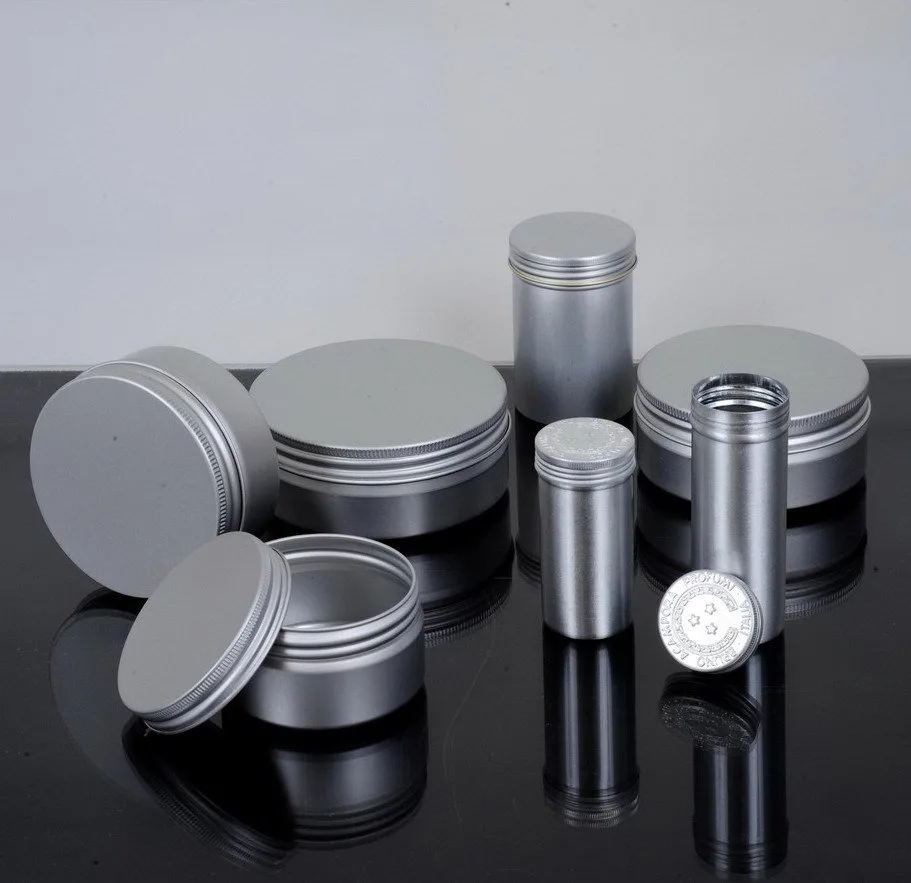Tinplate case VS aluminum case
Tinplate cases and aluminum cases are both types of packaging materials commonly used for a variety of products. Here are some key differences between the two:
Material:
Tinplate cases are made of steel coated with a thin layer of tin, while aluminum cases are made of aluminum.
Appearance:
Tinplate cases have a silver-gray color due to the tin coating, while aluminum cases have a silver color that is slightly brighter.
Durability:
Aluminum cases are generally more durable and resistant to damage than tinplate cases, which can dent or rust over time.
Weight:
Aluminum cases are lighter than tinplate cases, which can make them easier to transport.
Cost:
Tinplate cases are typically less expensive than aluminum cases, making them a more cost-effective option for some products.
Ultimately, the choice between a tinplate case and an aluminum case will depend on the specific needs of the product being packaged, as well as the desired appearance and budget.
Here are some of the advantages and disadvantages of each material:
Tinplate Case:
Advantages:
- Lightweight and easy to handle.
- Provides good protection against moisture and air.
- Can be printed with high-quality graphics.
- Easy to stack and store.
Disadvantages:
- Not as durable as aluminum.
- Can be easily dented or scratched.
- Not suitable for products that require strong protection against impact.

Aluminum Case:

Advantages:
- Durable and strong, providing good protection against impact and other external forces.
- Resistant to corrosion and rust.
- Can be easily formed into different shapes and sizes.
- Easy to clean and maintain.
Disadvantages:
- Heavier than tinplate, which can increase shipping costs.
- May not provide as good protection against moisture and air as tinplate.
- Not as easy to print on as tinplate.
In summary, tinplate cases are generally better suited for lightweight products that require protection against moisture and air, and where visual appeal is important. Aluminum cases are better suited for heavier and more durable products that require strong protection against impact and other external forces.
The forming process for a tinplate case and an aluminum case can vary based on the specific manufacturing techniques used, but generally, they can be formed through the following processes:

Forming process for Tinplate case:
Cutting: The first step in forming a tinplate case is cutting the tinplate sheet into the desired size and shape using cutting tools like shears or lasers.
Forming: After cutting, the tinplate sheet is formed into the required shape using specialized equipment like stamping machines or dies. This involves pressing the tinplate sheet into the desired shape using hydraulic or mechanical force.
Seaming: Once the tinplate sheet is formed into the desired shape, the edges of the sheet are seamed together using specialized equipment like a seaming machine. This process involves bending the edges of the sheet metal together to create a secure and tight seam.
Coating: After seaming, the tinplate case is coated with a layer of lacquer or paint to protect the metal from corrosion and provide a finished look.
Forming process for Aluminum case:
Cutting: The first step in forming an aluminum case is cutting the aluminum sheet into the desired size and shape using cutting tools like shears or lasers.
Forming: After cutting, the aluminum sheet is formed into the required shape using specialized equipment like stamping machines or dies. This involves pressing the aluminum sheet into the desired shape using hydraulic or mechanical force.
Welding: Once the aluminum sheet is formed into the desired shape, the edges of the sheet are welded together using specialized equipment like a TIG or MIG welding machine. This process involves melting the edges of the sheet metal together to create a secure and tight seam.
Assembly: After welding, various components like hinges, locks, and handles are added to the aluminum case as per the design requirements.
Finishing: Finally, the aluminum case is finished by sanding, polishing, or painting it to give it a final look.
Overall, the manufacturing process for both tinplate and aluminum cases involves similar steps, with some differences in the specific techniques used for forming and seaming/welding based on the properties of the metal being used.
If you have any needs of tinplate cases and aluminum cases , just contact us!
Let's Talk Packaging!
- Phone: +86-0791-86372550
- Email: marketing@ebi-china.com
- WhatSapp: +86-18779223927
- Monday-Friday: 9 am to 6 pm
Saturday, Sunday: Closed - Address: 28th Floor, Section A, Yunzhongcheng, No.3399 Ziyang Avenue, Nanchang, Jiangxi China
